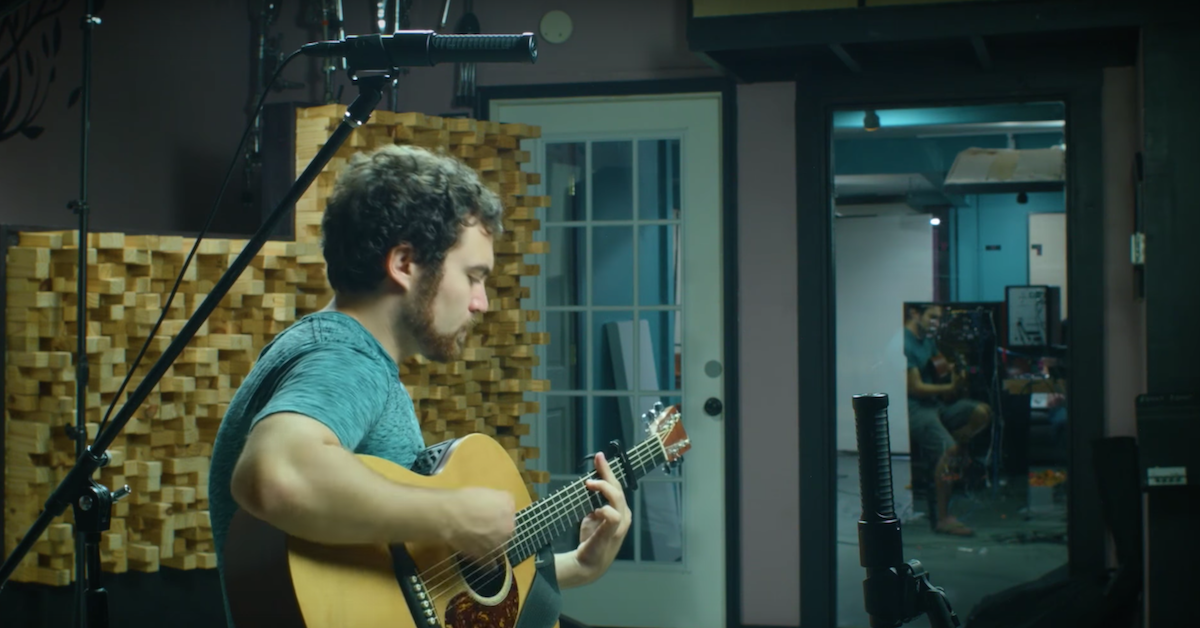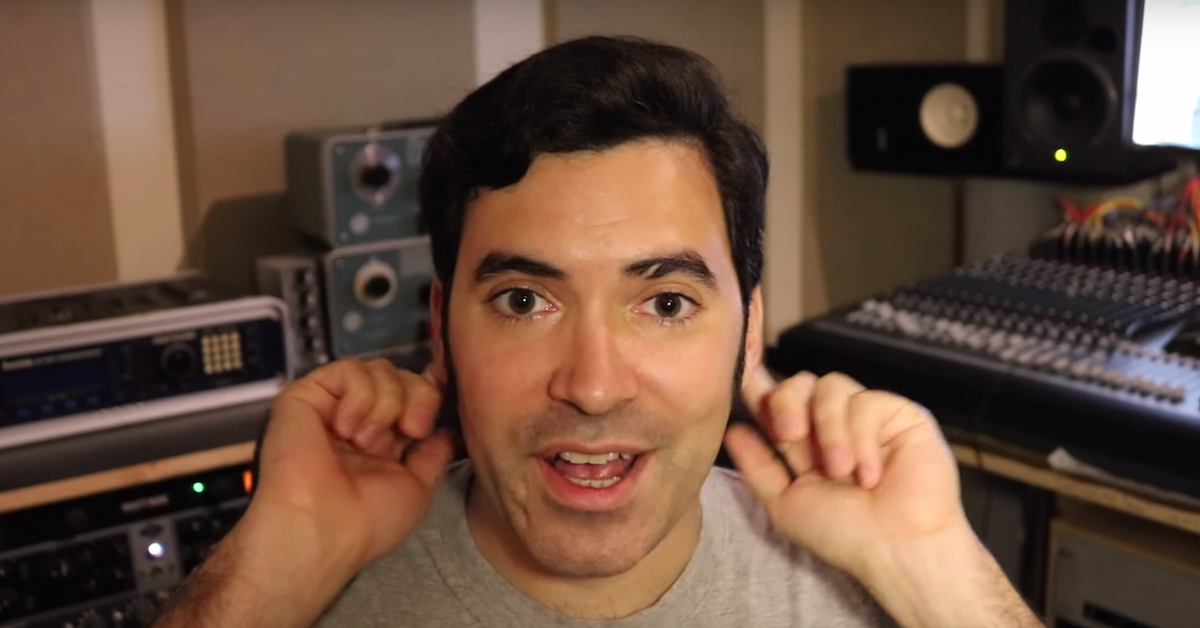3 Tips for Getting Started in Field Recording and Production Sound
Article Content
Field recording and production sound can be very lucrative fields in which to expand your business. Content creation for narrative, documentary, reality, and especially web are alive and well — if not on the rise. Combine this with the fact that more and more directors and producers are becoming aware of the importance of good sound — and you have a revenue stream worth looking into.
So, where do I begin? After 18 years as an audio engineer and field/location sound recordist, I’d like to share and break down three key components to help get you started in the field.
1. Knowledge
Audio Theory
Having a solid foundation in audio theory is essential to being a successful field and location sound recordist. The key to capturing sound is understanding how it propagates in a room or environment.
Sound behaves differently in some circumstances and environments. It can change constantly from location to location. Knowing what to listen for and how to adapt your approach will set you apart and keep your clients coming back for more.
Signal Flow & Gain Structure
Microphone to preamp, preamp to A/D converter, right? Maybe insert a compressor or EQ in there along the way … easy peasy.
Not so fast!
In the field, there’s a bit more to it than that.
Due to increased production demands, the complexity of location sound recording has increased with those demands, and mixers have had to adapt and expand their equipment lists as such.
I equate the complexity of a normal production sound job to a mix setup on a large format analog console like an SSL or a Neve — lots of channels, busses and auxes, and a patchbay that looks like a bowl of spaghetti.
This is the level of complexity we deal with on location — multiple channels of wireless microphones being received and routed to specific tracks and busses or auxes in the recorder, IFB feeds, camera audio feeds, communications and talkback feeds, etc.
Under these complex scenarios it’s crucial to understand signal flow and use proper gain structure, otherwise, things start falling apart quickly. Learn, and if necessary, relearn the basics.
Keep an open mind to change, because in the world of location recording, you will be forced to adapt. Having a solid understanding of how to record a clean audio signal — from mic capsule to storage medium is crucial.
Wireless Microphones & RF
Nearly all modern productions make use of wireless microphone systems. Location sound recordists need to understand and make thorough use of wireless radio microphone systems. Finding clear frequencies for radio mics at each location presents a challenge every day for engineers in this field. This adds another level of complexity your average studio engineer doesn’t typically encounter.
Microphone Types & Polar Patterns
Location sound recordists must thoroughly understand microphone types and their polar patterns. In location sound we are constantly recording dialog in uncontrolled environments, and oftentimes our sound source (the actor) is in motion.
Choosing the best microphone and polar pattern for each scenario is an important skill to acquire. What may have been learned about polar patterns in the studio doesn’t always apply in the field.
2. The Kit
I can’t express the importance of investing in a proper kit. Production houses expect sound recordists to be using industry standard gear. The gear you have will oftentimes be one of the deciding factors as to whether you get the job or not.
In the beginning, it’s tempting to save as much as possible when investing in gear. Fight that urge. Buy what the industry uses. It might be more money up front, but industry professionals will take you seriously immediately when they see you’ve invested in the correct kit — and your recordings will sound better as well.
In production, there are three main types of microphones we use: shotgun, small diaphragm condenser and lavalier. Each have their own specific application. When considering the microphone brand, model, type and polar pattern one should consider how it will behave when recording dialog — unless, of course, you’re recording ambient sounds or sound effects.
Shotgun microphones like the Sennheiser MKH-416 are often used when the subject is further away than we would like. They exhibit a very narrow pickup pattern in front, and cancel hard at the sides of the microphone. This makes for a greater signal to noise ratio between wanted and unwanted sound.
This is the reason we’ve seen shotgun microphones used in news gathering for decades, and why we see them used in documentary, film and TV situations where the camera framing does not allow us to get the mic close to the talent.
Small diaphragm condenser microphones with a cardioid pattern, like the Schoeps CMC641, offer more directionality than an omni — but less directionality than a shotgun. They offer increased flexibility in situations where you have multiple subjects in close proximity to each other, and you can only hold one mic above them. The decreased directionality allows pickup of sound from more angles of incidence with less audible drop-off between subjects.
Lastly, lavalier microphones like the Sanken COS-11d are extremely small, typically omnidirectional, and are mounted and hidden on the talent. These are also the mics that we plug into the belt pack transmitters and transmit wirelessly to our receivers.
Wireless
Wireless microphone transmitters and receivers are integral to the modern location sound recordists kit. Transmitters like the Lectrosonics SMV are durable and reliable — and the industry standard.
Receivers like the Lectrosonics SRb are widely-used throughout the industry. It’s very common for three to six lavalier mics with transmitters to be deployed on a documentary film or reality TV shoot, whereas sometimes 12 or more can be deployed in a film.
The techniques involved with mounting and hiding lavalier mics and transmitters on talent will be covered in another article.
Mixers/Recorders
It comes without surprise that the third piece of kit would be the recorder. There are quite a few manufacturers out there, but the industry standard is Sound Devices. Their two most widely-used mixer/recorders are the smaller 633 and the more capable 688.
Both of these mixer/recorders have similar capabilities: integrated mic preamps, multiple channels, integrated mixer with mix bus, and a multitrack digital recorder.
3. Network
Most successful location sound recordists would agree that having the gear, knowledge, and skill are important — but equally important is knowing who makes the media you want to be a part of creating.
Get out there. Meet people in person and not just on social media. Meet the people that fund films. Go to film festival mixers and parties. Hand out business cards. It works!
You’ll get work if you put in the legwork. Once you have the work, then the gear, knowledge, and experience come into play.
These are my three main ‘things to know’ to get a solid start in the location sound world. I hope this information has been helpful for you. I have some more in-depth articles coming in the future!






